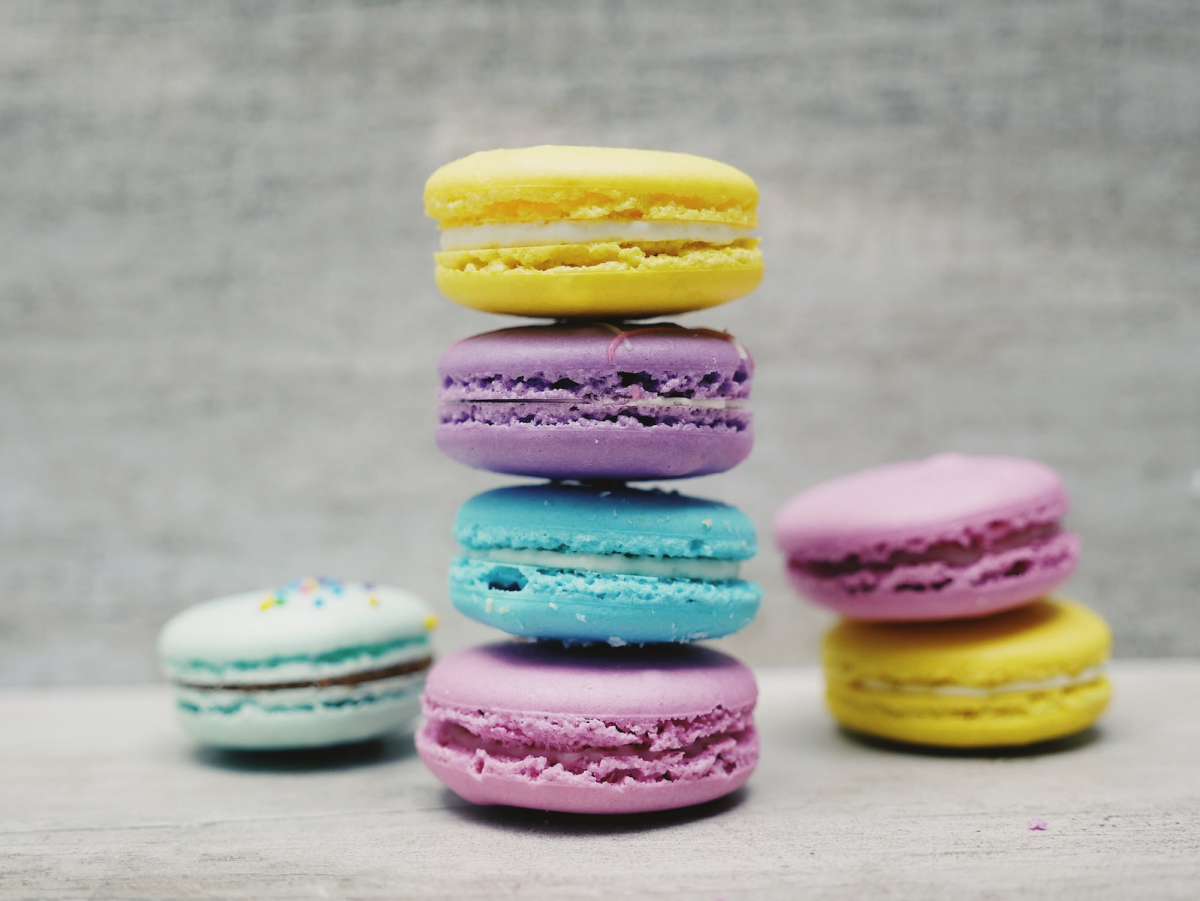How To Get Food Coloring Off Skin: 6 Quick & Easy Solutions
Cooking and baking can often feel like diving into a colorful art project, especially when food coloring is involved. Whether you’re whipping up a batch of rainbow cupcakes or experimenting with homemade pasta, a splash of color can turn ordinary recipes into extraordinary creations. But let’s face it, along with the fun of adding color comes the inevitable – the dreaded food coloring stains on your skin. It’s like a badge of your culinary adventures, but perhaps not one you want to wear to work the next day. Don’t fret, though! Whether you’ve accidentally turned your hands into a canvas […]

Cooking and baking can often feel like diving into a colorful art project, especially when food coloring is involved. Whether you’re whipping up a batch of rainbow cupcakes or experimenting with homemade pasta, a splash of color can turn ordinary recipes into extraordinary creations. But let’s face it, along with the fun of adding color comes the inevitable – the dreaded food coloring stains on your skin. It’s like a badge of your culinary adventures, but perhaps not one you want to wear to work the next day. Don’t fret, though! Whether you’ve accidentally turned your hands into a canvas of vibrant hues or you’ve got little ones who’ve explored their inner artists, we’ve got you covered. In this guide, we’ll show you how to get food coloring off your skin in a jiffy, ensuring that your kitchen escapades leave no lasting marks.
A splash of color can turn ordinary recipes into extraordinary creations

@wikihow
How To Get Food Coloring Off Skin
So, you’ve finished your kitchen masterpiece, but now your hands look like they’ve been part of a vibrant tie-dye war. It’s a common tale in the world of baking and cooking with food coloring, where your culinary creations often leave a colorful reminder on your skin. Before you start panicking or resorting to wearing gloves every time you’re in the kitchen, let’s explore some effective methods to tackle those stubborn food coloring stains. There’s no need to let a little color dampen your culinary enthusiasm or dictate your wardrobe choices. These tried-and-true techniques are here to save the day, ensuring that your hands are as spotless as your kitchen counter after a thorough clean-up. From simple household items to a few unexpected tricks, removing those pesky stains can be easier than you think. So, let’s dive into these solutions and restore your hands to their natural hue, ready for your next cooking adventure.
There’s no need to let a little color dampen your culinary enthusiasm
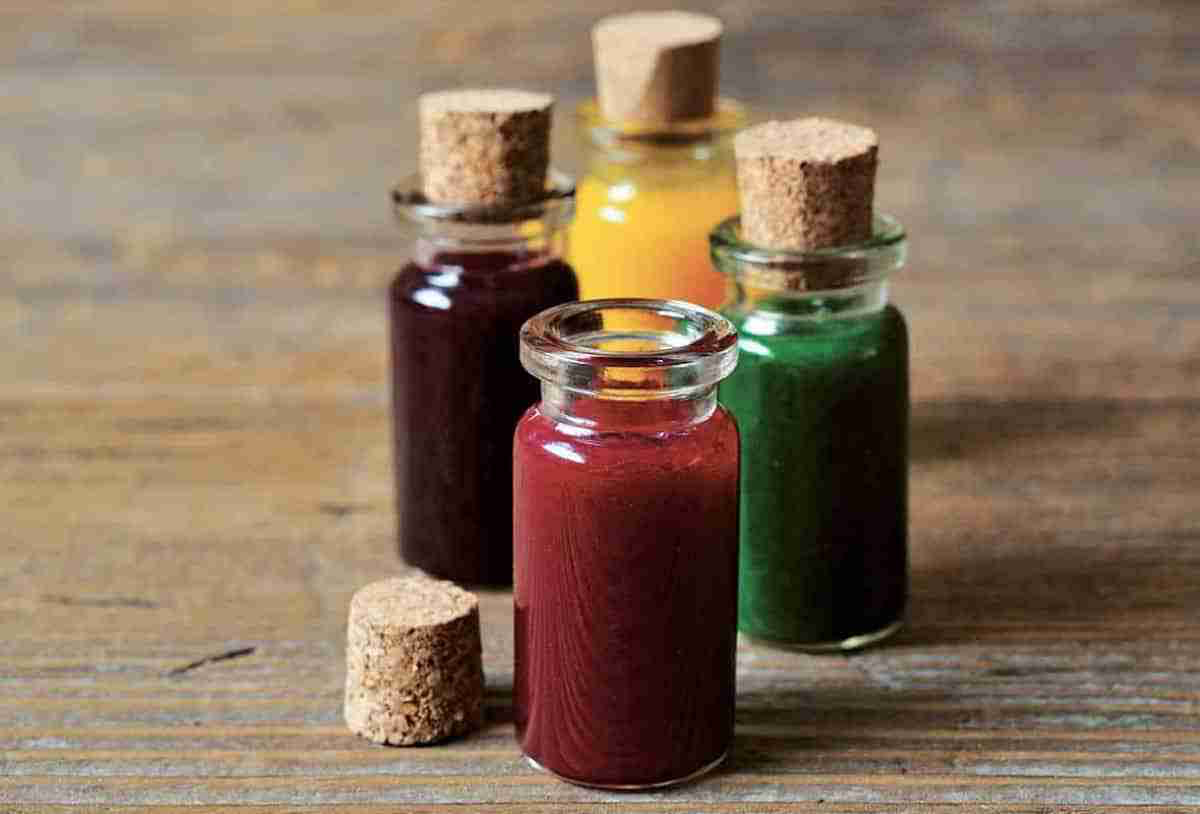
Soap and water
Start with the simplest solution: soap and water, the classic and often effective method for removing food coloring from skin. Just like the daily ritual of a skincare routine, this method is basic but essential. Lather your hands with a gentle, mild soap, using warm water to help break down the food coloring particles. Scrub gently yet thoroughly, as if you’re coaxing the stains to leave peacefully, without causing any harm to your skin. Rinse and repeat the process a few times if necessary, as some stubborn stains might need a little extra persuasion. It’s reminiscent of a patient gardener nurturing their plants – sometimes, all it takes is consistent and gentle care. This method is especially useful for those with sensitive skin, as it avoids harsh chemicals, making it a safe and reliable first line of defense against food coloring stains.
Start with the simplest solution: soap and water
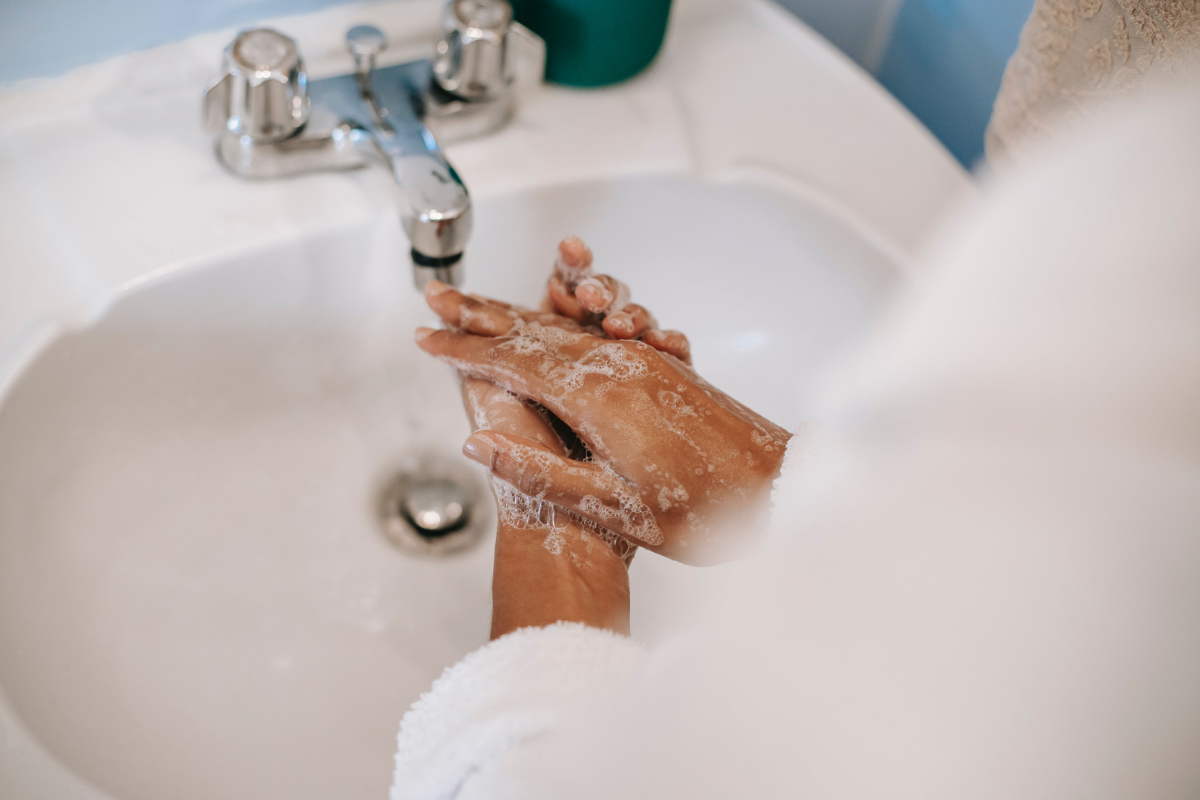
Baking soda and lemon juice
For those more persistent stains that laugh in the face of simple soap and water, turn to the dynamic duo of baking soda and lemon juice. This combination is the stain-fighting equivalent of a superhero team, each bringing its own power to the battle. Mix baking soda with just enough lemon juice to create a paste, and apply it to the stained areas of your skin. The baking soda acts as a gentle abrasive, scrubbing away the stain, while the lemon juice, with its acidic properties, works to break down the color. Let this paste sit on your skin for a minute or two, allowing it time to work its magic. Then, using an old toothbrush or your fingers, gently scrub the area. It’s like giving your skin a mini, refreshing exfoliation session. Rinse off and repeat if necessary. This method is particularly effective, striking the perfect balance between being tough on stains and gentle on your skin.
Mix baking soda with just enough lemon juice to create a paste
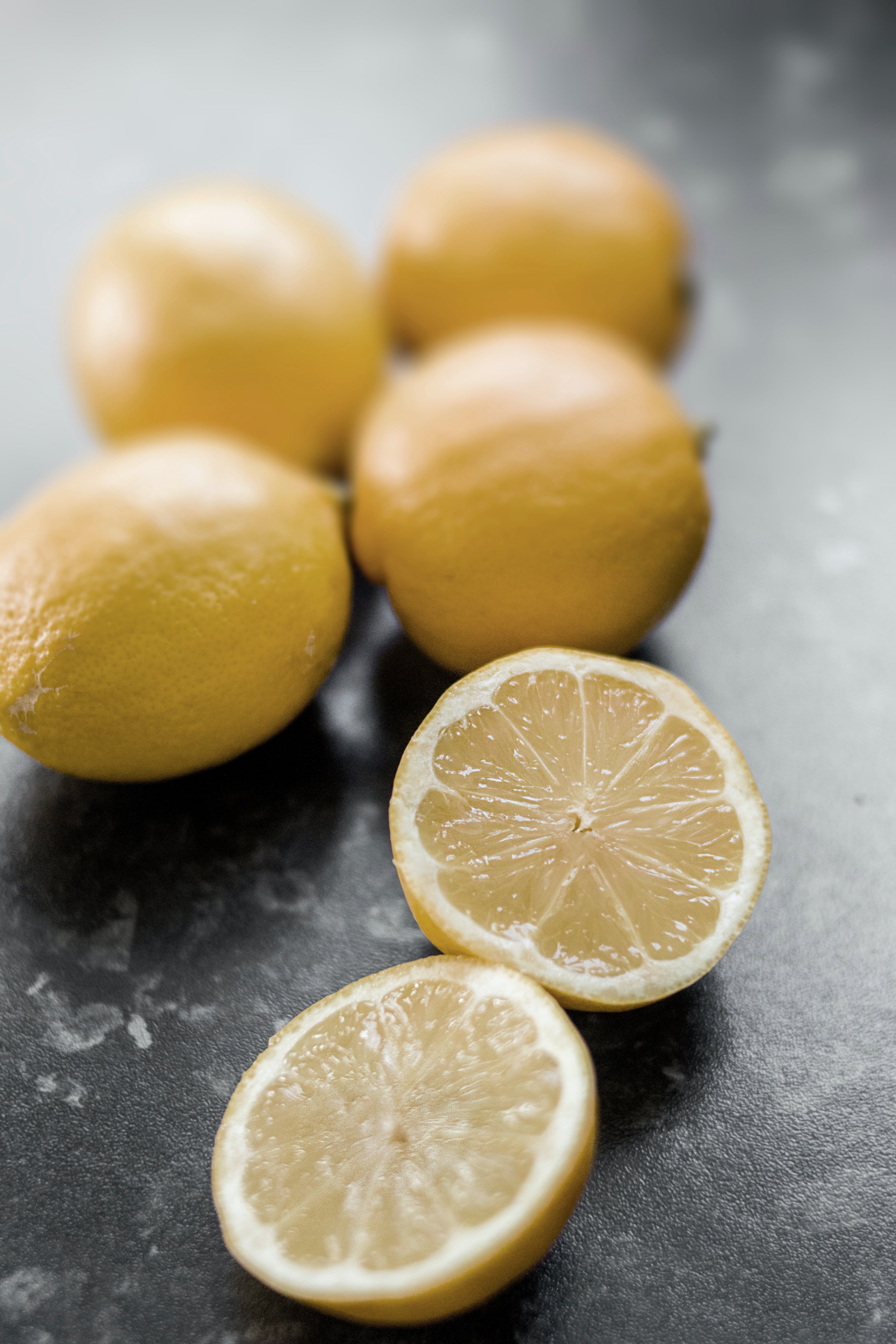
Rubbing alcohol or hand sanitizer
If the stain still stubbornly clings on, it’s time to bring in the heavy artillery: rubbing alcohol or hand sanitizer. These are the quick-fix solutions when other methods seem to falter. Dab a bit of rubbing alcohol or hand sanitizer on a cotton ball or a soft cloth. Gently rub it over the stained area, as if you’re erasing a pencil mark from a piece of paper. The alcohol acts swiftly, breaking down the food coloring’s molecular bonds with your skin. This method is particularly useful for those moments when you need a rapid solution. It’s like a skilled negotiator convincing the stain that it’s time to pack up and leave. While effective, it’s important to use this method sparingly, as alcohol can be drying to the skin. After using alcohol or hand sanitizer, consider applying a moisturizer to replenish any lost moisture and keep your skin soft and hydrated.
ab a bit of rubbing alcohol or hand sanitizer on a cotton ball or a soft cloth

Oil-based products
For those with sensitive skin, oil-based products like olive oil or coconut oil can be a godsend. These natural oils are not only gentle on the skin, but also effective at loosening and lifting food coloring stains. Apply a small amount of the oil to the stained area and massage it in with a soft touch, as if you’re pampering your skin with a nurturing spa treatment. The oil works by breaking down the color particles, making them easier to wipe away. This method is akin to a gentle conversation with your skin, persuading the stains to leave without any harsh scrubbing. After a few minutes of gentle rubbing, use a bit of soap and water to wash away the oil along with the stain. This approach is particularly beneficial for those who prefer using natural, skin-friendly products. It not only removes the unwanted color but also leaves your skin moisturized and supple, turning a cleaning chore into a soothing skincare routine.
Apply a small amount of the oil to the stained area and massage it in
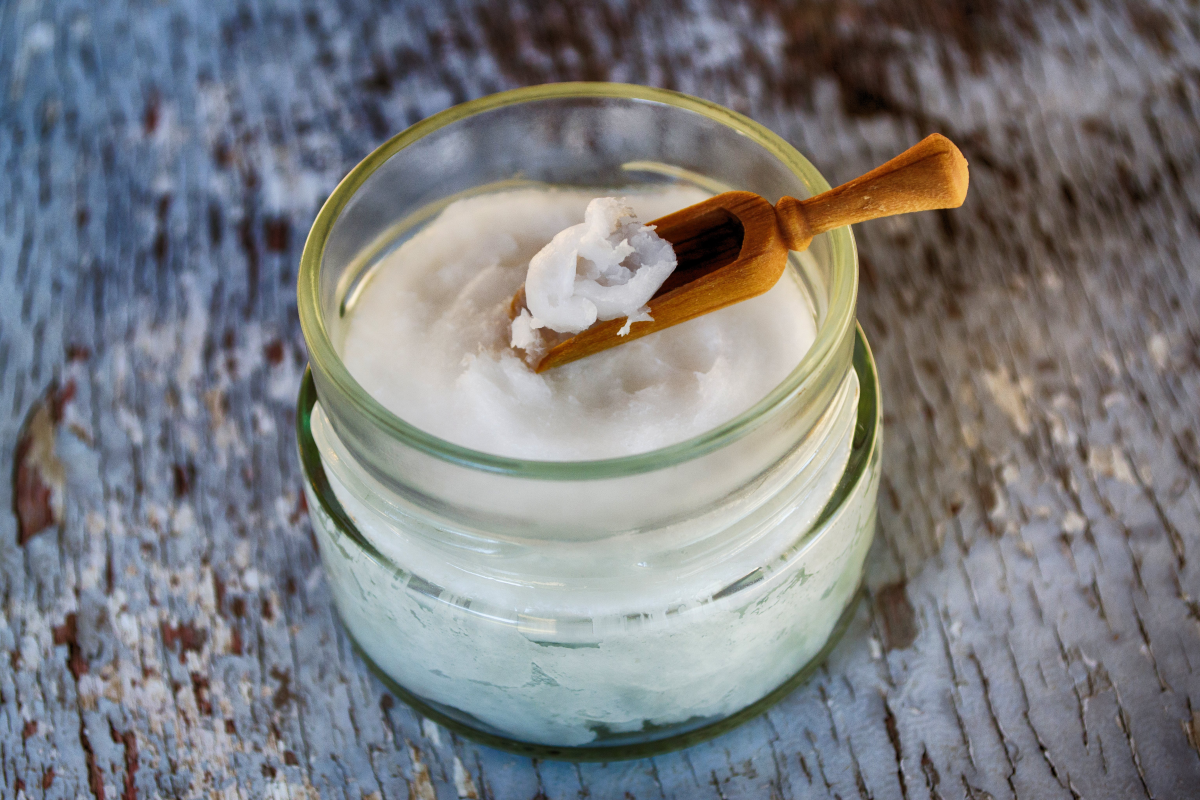
Vinegar
White vinegar, though it may have a slightly pungent smell, can be a powerful ally in combating food coloring stains. This common kitchen staple is known for its stain-fighting abilities. Soak a cloth or a cotton ball in white vinegar and gently dab it onto the stained skin. The acidity of the vinegar works to break down the colorants, making them easier to rinse away. It’s like using a sour secret weapon against the stubborn stains. While the smell might be a bit off-putting, akin to preparing yourself for a pickling session, the effectiveness of vinegar makes it worth the temporary odor. After using vinegar, washing your hands with soap and water not only removes the vinegar smell but also any lingering color, leaving your hands fresh and clean. This method is especially useful for those looking for a quick, no-fuss solution with items readily available in the kitchen.
The effectiveness of vinegar makes it worth the temporary odor
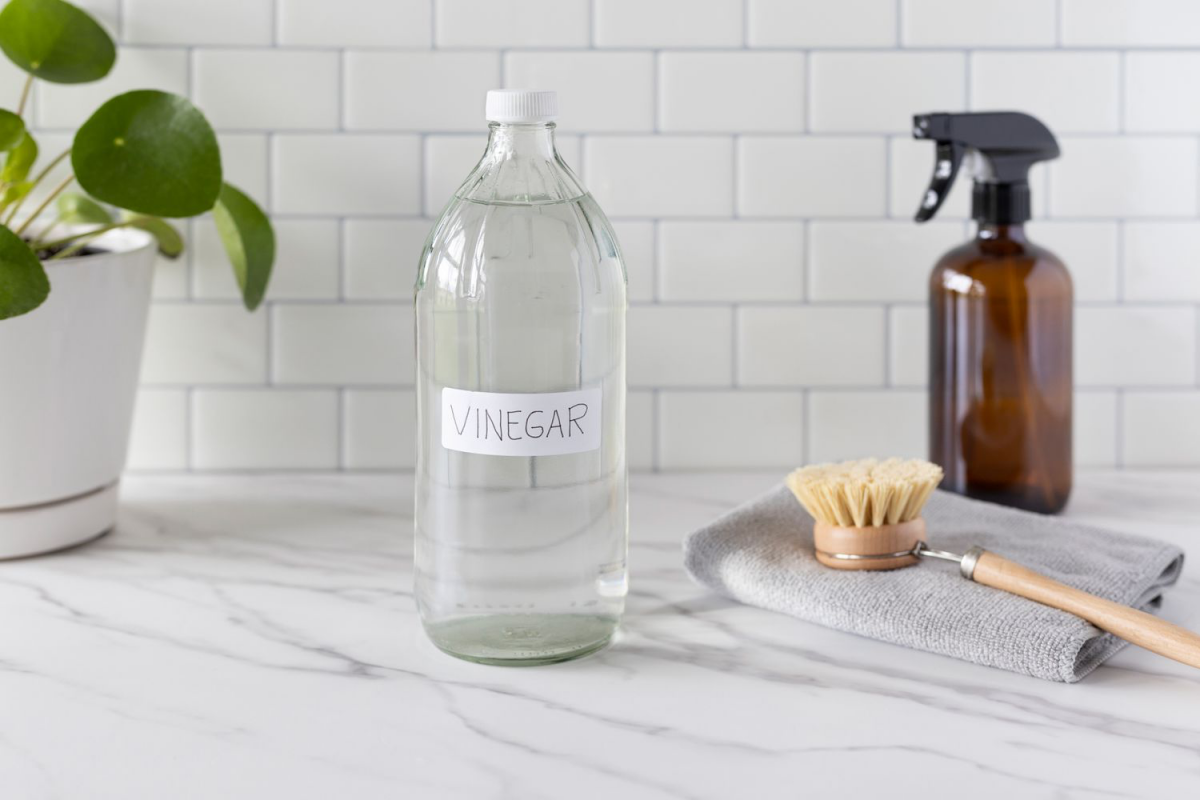
Toothpaste
Surprisingly, non-gel toothpaste can be an effective tool for removing food coloring from the skin. Its mild abrasive qualities and cleaning agents are excellent for tackling tough stains. Apply a small amount of toothpaste directly onto the stained area. Let it sit for a few minutes to allow the ingredients to penetrate and lift the stain. This process is similar to giving your hands a minty-fresh reboot. It’s refreshing and effective. After a few minutes, rinse the toothpaste off with water. You’ll likely find that along with the minty freshness, the stubborn food coloring stains have diminished or disappeared. This method is a quick and easy way to address coloring mishaps, especially when you’re in a hurry and need a readily available solution. Plus, it leaves your hands feeling clean and refreshed, much like the sensation after brushing your teeth.
This process is similar to giving your hands a minty-fresh reboot
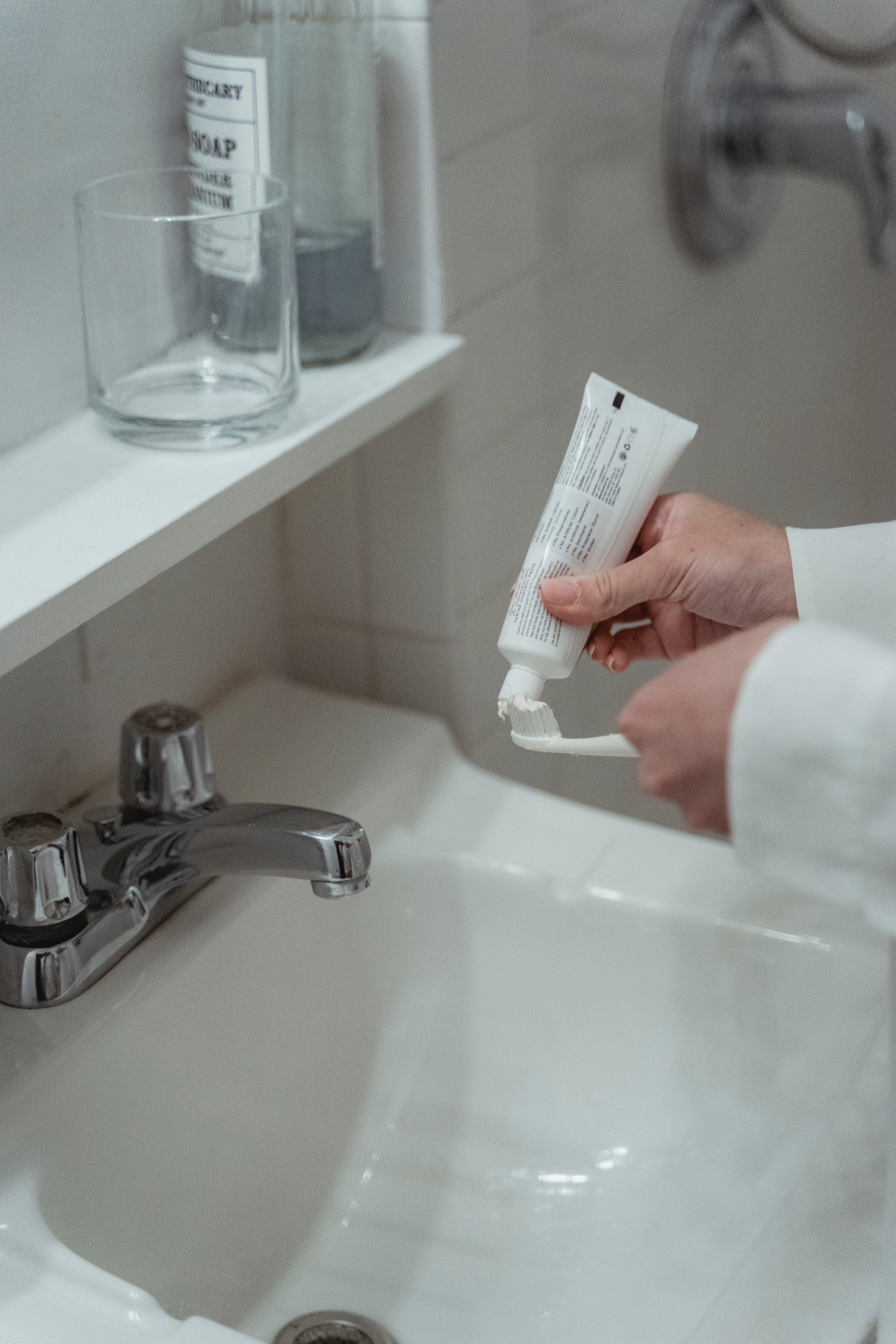
Food coloring stains on your skin are not a sign of defeat. They’re a testament to your culinary bravery. With these handy tips, you’ll be able to tackle any color mishaps that come your way in the kitchen. Remember, the best stories often come with a little mess, and now, you’re fully equipped to clean up and tell the tale. So go ahead, embrace the colors of cooking and baking with open arms, and know that you have the magic tricks to keep your skin stain-free. Happy cooking!
Food coloring stains on your skin are not a sign of defeat
